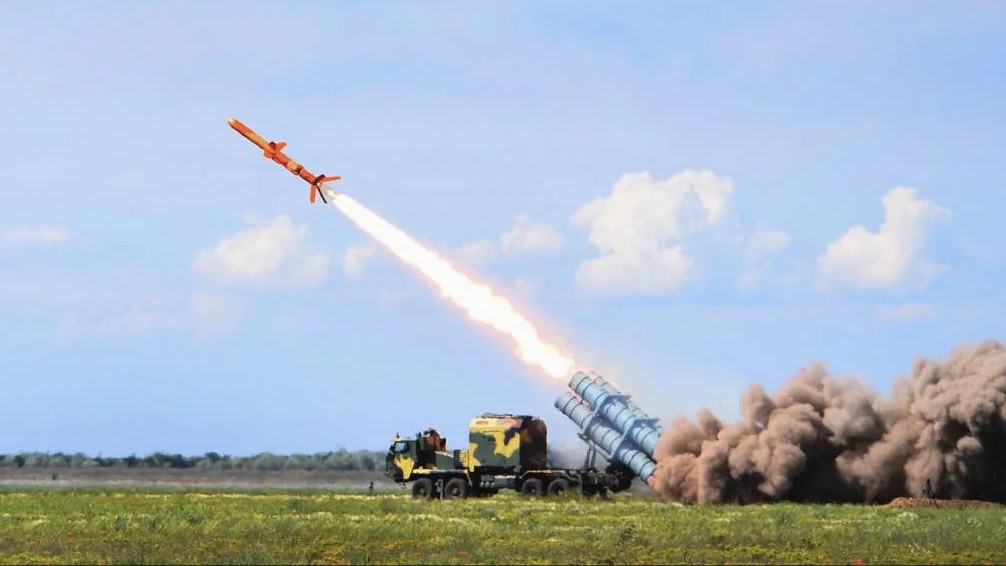Tejas Mk1A's Scorpius-SP EW Pod Could Jam JF-17 AESA Radar and HQ-9B Missile

The Indian Air Force (IAF) is stepping up its game in electronic warfare with the integration of advanced technology into the Tejas Mk1A, India’s indigenously developed light combat aircraft. At the forefront of this advancement is the Scorpius-SP electronic warfare (EW) pod, a system designed to provide unparalleled jamming capabilities against some of the world’s most sophisticated radar and missile defense systems. Produced by Bharat Electronics Limited (BEL), this EW pod promises to transform the Tejas Mk1A into a more formidable adversary in the rapidly evolving landscape of modern aerial warfare.
Cutting-Edge Electronic Warfare Capabilities
The Scorpius-SP isn’t just an ordinary electronic warfare device; it’s a high-tech, compact, and versatile system built to safeguard aircraft and disrupt enemy radars. At its core is an Active Electronically Scanned Array (AESA) radar jammer, a technology that allows the Scorpius-SP to generate electronic countermeasures across a broad range of frequencies. This real-time, adaptive jamming can mislead, overwhelm, or even render enemy radar systems ineffective by manipulating their signals.
The pod's design focuses on both self-protection and offensive jamming, ensuring the aircraft can defend itself while also neutralizing threats at a distance. Its ability to deliver directional jamming enables the system to target specific radar emissions, ensuring a precise and efficient disruption of enemy operations. Furthermore, the Scorpius-SP provides anti-radiation missile protection, which is crucial in modern combat scenarios where the enemy's response is often swift and lethal.
Targeting Advanced Chinese and Pakistani Radar Systems
The Tejas Mk1A’s deployment of the Scorpius-SP comes at a time when regional adversaries have invested heavily in advanced radar and missile technologies. Countries like China and Pakistan have equipped their fighter jets and surface-to-air missile (SAM) systems with state-of-the-art AESA radars. These radars are known for their ability to detect, track, and engage multiple targets with high precision and speed.
The Chinese J-10C, for instance, features an AESA radar that provides excellent target resolution and simultaneous multi-target engagement. The Scorpius-SP aims to counter these capabilities by overwhelming the radar’s electronic environment with false signals or by directly interfering with its frequency band. In combat, this could mean the difference between an enemy aircraft acquiring a lock on the Tejas Mk1A or being blinded by a barrage of misleading jamming waves.
More challenging is the Chinese J-20, a fifth-generation stealth fighter designed to dominate aerial engagements with its low observability and high-end AESA radar. The Scorpius-SP’s real-time frequency hopping could pose a serious challenge to the J-20’s radar, despite its advanced processing capabilities. By continually shifting its jamming frequencies, the Scorpius-SP can make it harder for the J-20’s systems to maintain a consistent target lock.
The multi-role J-16 fighter, also based on a sophisticated AESA radar system, could find its radar compromised under the targeted jamming of the Scorpius-SP. Since these aircraft operate using advanced radar frequencies, the success of the Scorpius-SP would rely on how well it can match and overwhelm these emissions. Additionally, the Pakistani JF-17’s KLJ-7 AESA radar, although not as advanced as the J-20 or J-10C, could be significantly affected by the Scorpius-SP, providing a tactical edge to the IAF.
Countering Missile Defense Systems Like the HQ-9B and S-400
Beyond air-to-air combat, the Scorpius-SP is crucial for suppressing ground-based threats like the HQ-9B, a Chinese long-range surface-to-air missile system, and the Russian S-400. Both of these systems use complex fire control radars that are difficult to deceive. However, the Scorpius-SP’s capacity for active jamming could disrupt the lock-on mechanisms of these missile systems, creating safer corridors for IAF operations.
The HQ-9B’s AESA radar, used for detecting and guiding its interceptors, relies on precise targeting data to engage aerial threats. By emitting concentrated jamming signals, the Scorpius-SP could interfere with the radar’s ability to track aircraft, potentially nullifying the effectiveness of the missile system. Similarly, the S-400, which has been dubbed one of the most advanced air defense systems in the world, could find its targeting capabilities degraded if the Scorpius-SP successfully breaks through its electronic defenses. This would be a monumental achievement, given the S-400’s formidable reputation for range and accuracy.
### Specifications and Advanced Features
The Scorpius-SP electronic warfare pod comes equipped with a host of cutting-edge features that make it one of the most advanced EW solutions available. Its AESA radar jammer is built to cover multiple frequency bands, making it effective against a diverse range of radar threats. The pod also boasts anti-radiation missile (ARM) protection mechanisms, ensuring that incoming radar-guided threats can be mitigated or neutralized before they pose a danger to the aircraft.
Moreover, the system's ability to perform directional jamming means that it can focus its disruptive energy on specific threats, maximizing efficiency and minimizing the risk of collateral interference. These attributes make the Scorpius-SP an essential tool for air superiority and self-defense, especially in contested environments where electronic warfare plays a crucial role.
### Strategic Implications for the Indian Air Force
With the Tejas Mk1A now equipped with the Scorpius-SP, the IAF gains a strategic advantage in scenarios where electronic warfare is pivotal. The ability to jam and disrupt advanced AESA radars enhances the aircraft’s survivability and effectiveness, whether it’s engaging in aerial dogfights or penetrating sophisticated air defense systems. As regional tensions persist and air combat evolves, platforms like the Tejas Mk1A and its advanced EW capabilities will be instrumental in maintaining India’s aerial edge.
This combination of homegrown engineering and state-of-the-art technology highlights India’s commitment to bolstering its defense capabilities, setting the stage for a more resilient and self-reliant military force.


